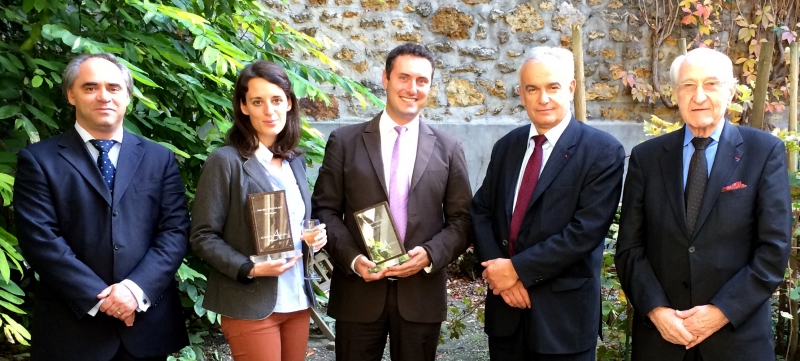
H.E. Mr Lipka stressed the importance of this international recognition, which attracts a huge number of submissions every year from OIV Member Countries and non-Member Countries.
This prestigious international award enables a readership seeking quality works to find bibliographic references for everything to do with knowledge and popularisation of the vine and wine sector, as well as to discover scientific works of a very high standard.
The Director General of the OIV, Mr Jean-Marie Aurand, reminded those present that the 2014 award winners undoubtedly illustrate the OIV's decades-old vision of always being the world's reference organisation for vine and wine.
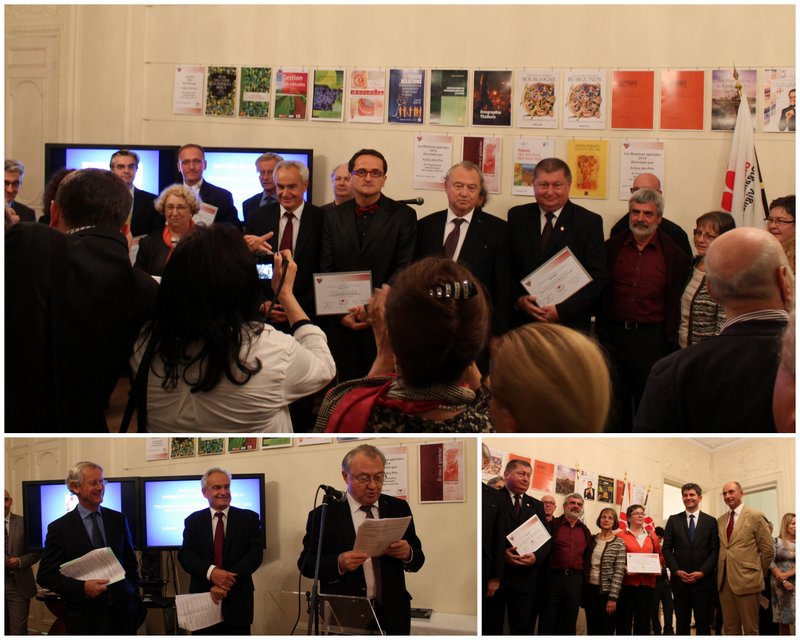
These recognitions contribute to the promotion of the image of viticulture throughout the world, and its different dimensions: scientific and technical, economic, cultural, even historic.
Finally, the President of the OIV Award Jury warmly congratulated the authors who won an award, as well as the publishers, for their cultural, technical or hedonistic contributions, each and every one of whose diverse approaches seeks to share a common passion for the vine and wine world.
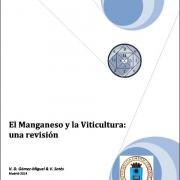
Through analysis of the information available on manganese, the authors of the paper, V. D. Gómez-Miguel and V. Sotés, President of the OIV "Viticulture" Commission, provide a solid grounding on the issue of manganese in viticulture.
This work was presented during the OIV meetings in April 2014 as part of the consultation with the OIV Member States regarding the manganese content in soils, clusters, musts and wines; the impact of soils on the manganese migration to the plant; the impact of vinification techniques on manganese levels in wines; and additional information on the toxicity of manganese.
Download this publication (available in Spanish only)
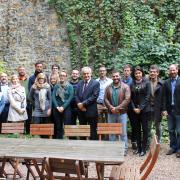
The 16 participants of 8 different nationalities in this year's class will meet more than 500 wine sector professionals in 24 producer and/or consumer countries across 5 continents.
On this occasion, the Director General of the OIV, Jean-Marie Aurand, emphasised the importance of the network created over 25 years ago by this training programme, both with regard to the graduates and universities as well as the companies involved in this unique approach. He also reminded those present of the relevance of this international training programme in relation to the increased globalisation of wine markets.
More information on the OIV MSc in Wine Management: www.oivmsc.org/en/.
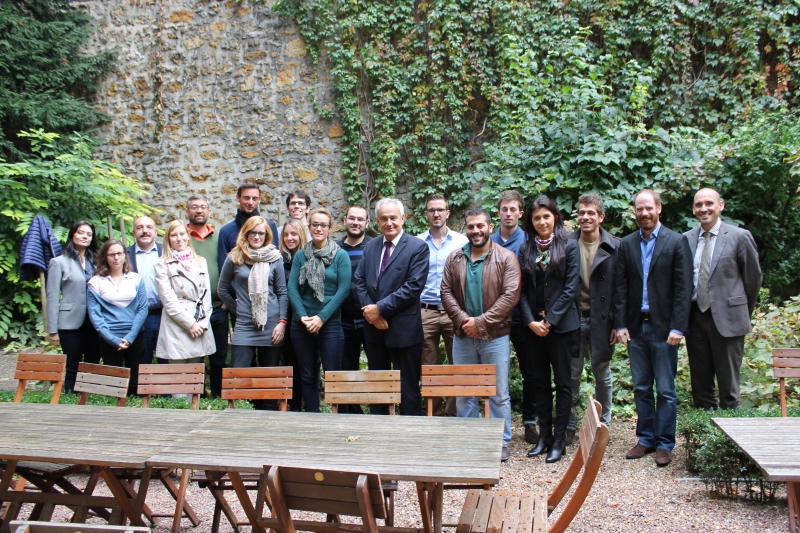
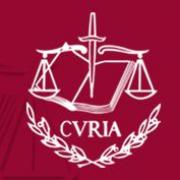
“OIV recommendations [are explicitly compared] to rules of EU law as regards the methods of analysis for determining the composition of products of the wine sector, the special requirements applicable, in terms of oenological practices, to imports of wine originating from third countries, and the purity and identification specifications of substances used in such practices.” (§61)
“the recommendations (…) which (…) relate to new oenological practices, methods of analysis for determining the composition of products of the wine sector, or purity and identification specifications of substances used in oenological practices, are capable of decisively influencing the content of the legislation adopted by the EU legislature in the area of the common organisation of the wine markets.” (§63)
“such recommendations, in particular by reason of their incorporation into EU law (…) have legal effects in that area for the purposes of Article 218(9) TFEU and that the European Union, while not a party to the OIV Agreement, is entitled to establish a position to be adopted on its behalf with regard to those recommendations, in view of their direct impact on the European Union’s acquis in that area.” (§64).
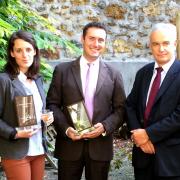
One of the winners for the year 2014 was Mr Olivier Serra, whose history of law thesis on "Legislators and the vitivinicultural market under the French Third Republic" won him the Grand Prix. The Academy also gave a Prix d'initiative award to the Wine Mosaic organisation for their project, which protects and promotes little-known vine varieties. Mr Jean-Marie Aurand, Director General of the OIV, who was present at this ceremony, congratulated the award winners and highlighted the Amorim Academy's actions in favour of scientific research as well as the Academy's role as an observer of the OIV.
